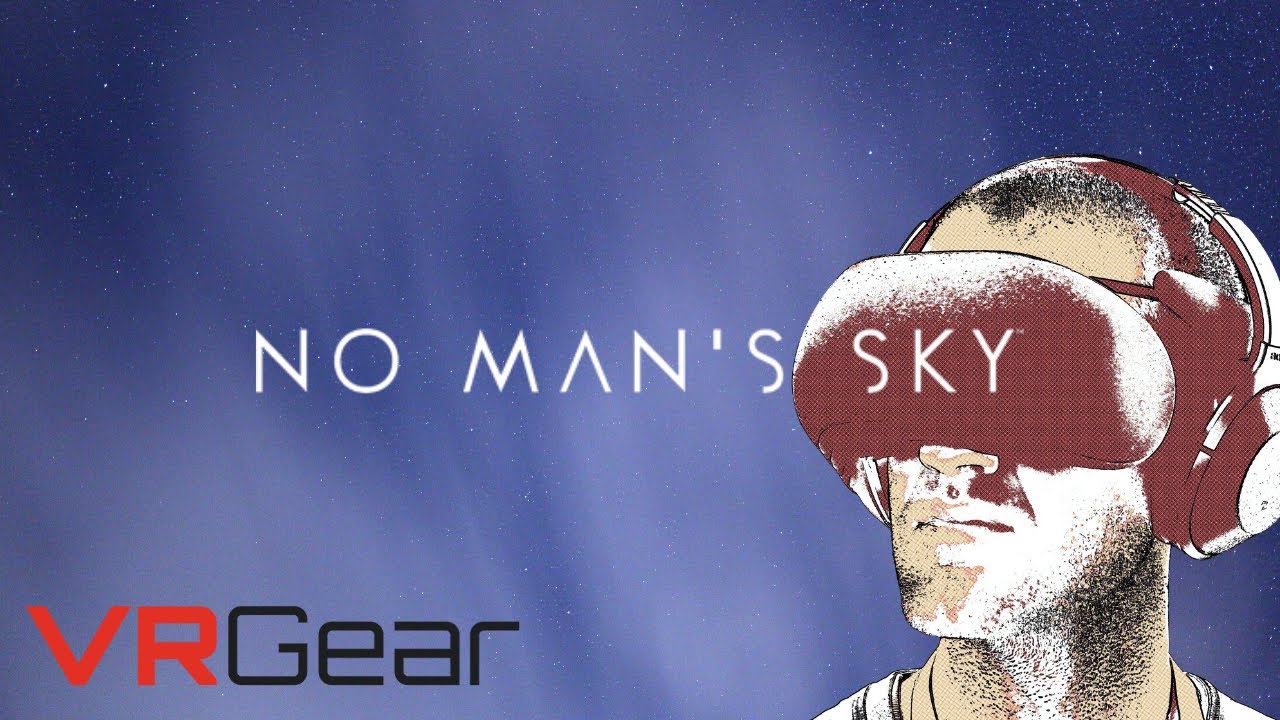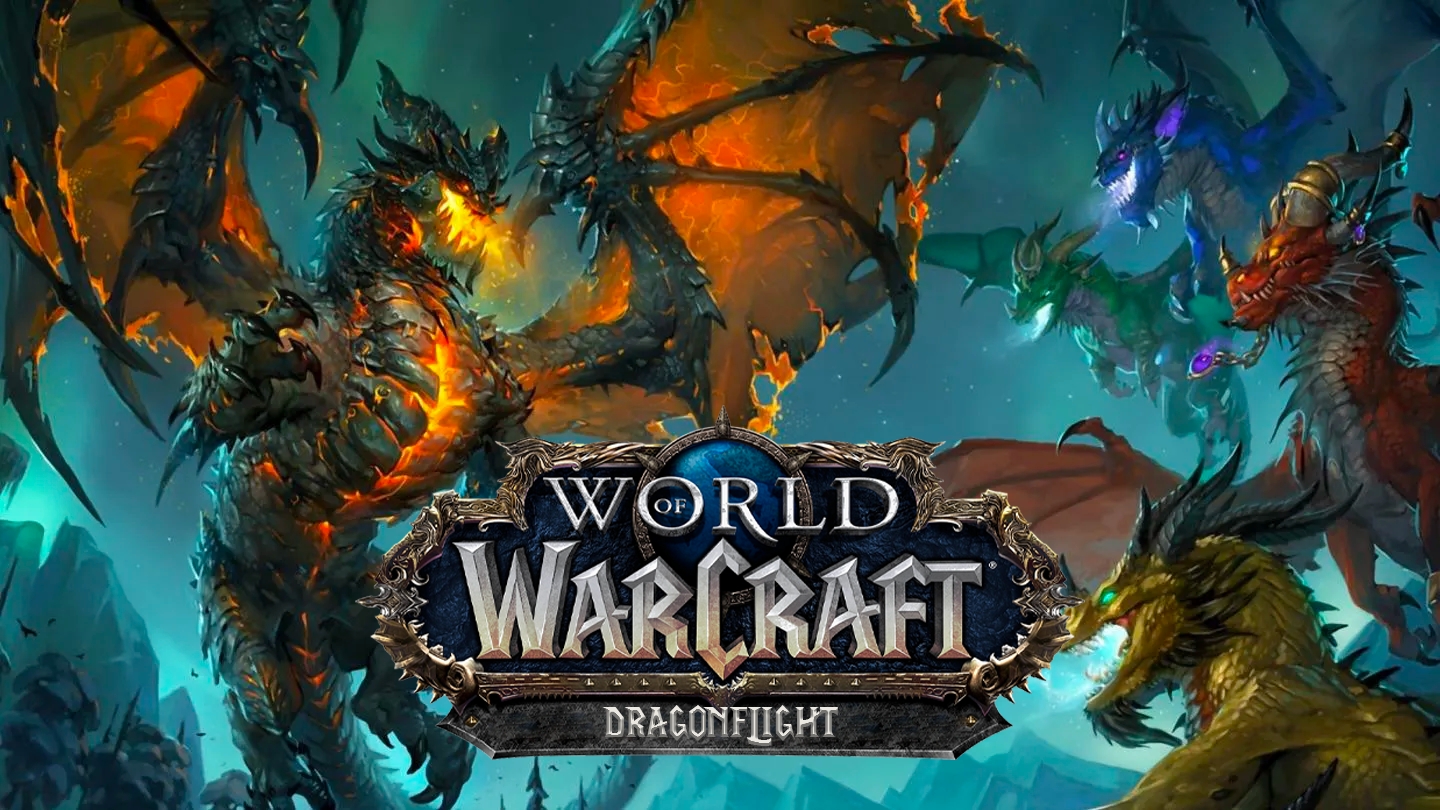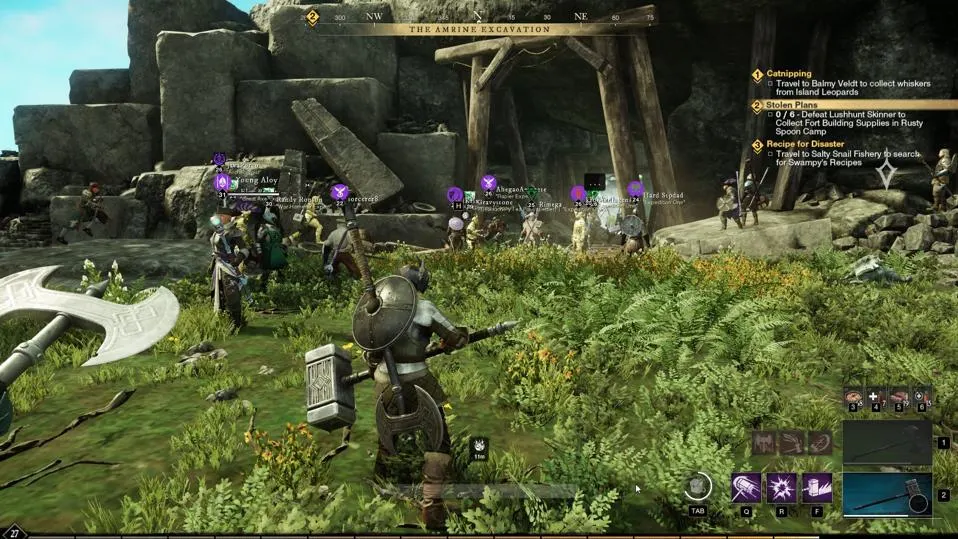No Man’s Sky, developed by Hello Games, has become a significant title in the gaming world due to its expansive universe and continual updates. Initially launched in 2016, the game has undergone numerous changes, evolving from a controversial release to a beloved space exploration experience. In this article, we’ll provide an extensive review of No Man’s Sky, cover key features, and address frequently asked questions.
What is No Man’s Sky?
Overview of No Man’s Sky: A Space Exploration Game
No Man’s Sky is an open-world survival and exploration game set in a procedurally generated universe. The game allows players to explore an almost infinite number of planets, each with its own unique ecosystems, flora, fauna, and landscapes.
- Developer: Hello Games
- Release Date: August 9, 2016
- Platforms: Available on PlayStation 4, Xbox One, and PC, with updates for PlayStation 5 and Xbox Series X/S.
Key Features of No Man’s Sky
No Man’s Sky offers a range of features that contribute to its immersive gameplay experience:
- Procedural Generation: The universe is procedurally generated, meaning that each planet and star system is unique. This ensures a vast and diverse game world.
- Exploration and Discovery: Players can explore planets, catalog new species, and uncover ancient artifacts. Exploration is central to the gameplay, with no two planets being the same.
- Crafting and Building: The game includes crafting systems for creating tools, upgrading equipment, and building bases. Players can create and customize their own bases on various planets.
- Multiplayer: Although initially a single-player experience, No Man’s Sky has introduced multiplayer features, allowing players to explore and build together.
Reviews of No Man’s Sky
Initial Reception: Launch and Criticism
At launch, No Man’s Sky faced significant criticism for not meeting the high expectations set by its marketing. The game was criticized for:
- Lack of Features: Players felt that many promised features were missing, leading to disappointment.
- Technical Issues: Bugs, performance issues, and crashes marred the initial experience for many players.
- Limited Content: The game was seen as having limited content compared to its ambitious promises.
Evolution and Updates: Turning the Tide
Since its rocky start, No Man’s Sky has seen numerous updates and expansions that have significantly improved the game:
- Atlas Rises (2017): This update introduced a new story arc, mission types, and improved visuals.
- NEXT (2018): One of the most significant updates, NEXT brought a complete overhaul of the game, including multiplayer, improved graphics, and base-building enhancements.
- Beyond (2019): Focused on expanding the multiplayer experience and introducing virtual reality support.
- Expeditions (2021): Added seasonal content with structured goals and rewards, enhancing replayability.
- Nexuses and Endurance (2023): Further expanded on community features, space exploration, and deepened gameplay mechanics.
Current Reception: Reviews and Player Feedback
No Man’s Sky is now widely praised for its transformation from a troubled launch to a robust and engaging game:
- Positive Reviews: Many critics and players now regard the game as a success, praising the developers for their commitment to improving and expanding the game.
- Improved Features: The updates have introduced a host of new features and improvements that have enriched the gameplay experience.
- Community and Multiplayer: The introduction of multiplayer and community features has been well-received, allowing for collaborative play and shared experiences.
Conclusion: The Evolution of No Man’s Sky
No Man’s Sky has undergone a remarkable transformation since its initial release. From a challenging launch to a beloved exploration and survival game, it exemplifies the potential for games to evolve and improve over time. With its expansive universe, continuous updates, and active community, No Man’s Sky offers an engaging experience for both new and returning players.
Whether you’re interested in exploring uncharted planets, building your own base, or collaborating with others in multiplayer mode, No Man’s Sky provides a rich and immersive experience that has grown significantly since its early days. The game’s journey from its controversial launch to its current state is a testament to the dedication of its developers and the passion of its player base.
Feel free to share your own experiences and thoughts about No Man’s Sky in the comments below. What’s your favorite aspect of the game? How do you feel about its evolution over the years?
FAQ About No Man’s Sky
What Platforms is No Man’s Sky Available On?
No Man’s Sky is available on a variety of platforms:
- PlayStation 4
- Xbox One
- PC (Windows)
- PlayStation 5 (through backward compatibility and upgraded version)
- Xbox Series X/S (through backward compatibility and upgraded version)
How Has No Man’s Sky Evolved Since Launch?
Since its release, No Man’s Sky has seen numerous updates that have:
- Expanded Gameplay: Added new features such as base-building, crafting, and improved exploration mechanics.
- Enhanced Graphics: Updated visuals to provide a more immersive and visually appealing experience.
- Introduced Multiplayer: Added the ability for players to explore and build together.
- Regular Updates: Continued to receive patches and content updates, adding new features and improving existing systems.
What Are the Key Features of the Latest No Man’s Sky Updates?
The latest updates for No Man’s Sky include:
- Multiplayer Enhancements: Improved multiplayer functionality, including new cooperative missions and activities.
- Expansive Content: New planets, biomes, and environments to explore, along with additional crafting options and base-building features.
- Community Events: Regular community events and expeditions that offer structured goals and rewards.
- Technical Improvements: Enhanced graphics, performance optimizations, and VR support.
Can I Play No Man’s Sky in Virtual Reality?
Yes, No Man’s Sky supports virtual reality (VR) on compatible platforms. The VR mode allows players to experience the game’s expansive universe in a more immersive way, enhancing the exploration and interaction aspects of the game.
How Do I Start Playing No Man’s Sky?
To start playing No Man’s Sky:
- Purchase and Install: Buy the game from your preferred platform’s store (PlayStation Store, Xbox Store, or Steam for PC) and install it on your device.
- Create a Character: Upon starting the game, you’ll create your character and choose a starting location.
- Explore and Learn: Begin by exploring your initial planet, learning the basics of crafting, survival, and space travel.
- Follow the Story: Engage with the game’s story and missions to discover more about the universe and its mysteries.
What Are the System Requirements for No Man’s Sky on PC?
The system requirements for No Man’s Sky on PC are:
- Minimum Requirements:
- OS: Windows 7 or 8.1 (64-bit)
- Processor: Intel Core i5 or AMD FX-6300
- Memory: 8 GB RAM
- Graphics: NVIDIA GTX 480 or AMD Radeon 7870
- DirectX: Version 11
- Storage: 10 GB available space
- Recommended Requirements:
- OS: Windows 10 (64-bit)
- Processor: Intel Core i7 or AMD Ryzen 5
- Memory: 12 GB RAM
- Graphics: NVIDIA GTX 1060 or AMD Radeon RX 580
- DirectX: Version 11
- Storage: 10 GB available space
What Are the Most Common Issues Players Face?
Common issues players might encounter include:
- Performance Issues: Despite improvements, some players may experience performance drops or technical glitches, particularly on lower-end hardware.
- Server Connectivity: Multiplayer features can sometimes face connectivity issues or server downtime.
- Update Bugs: New updates may occasionally introduce bugs or require further patches to stabilize.



